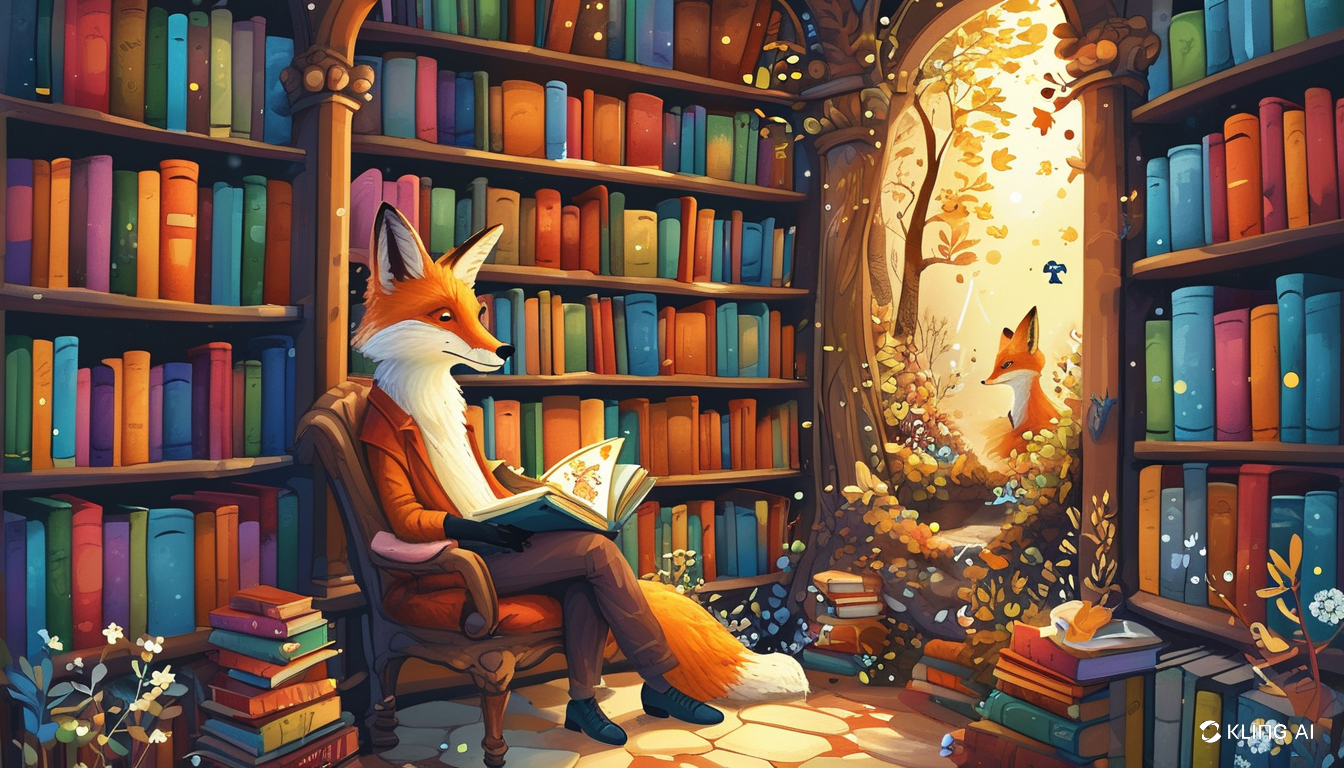Have you ever flipped through the pages of a children’s book, only to find its simplicity masking profound ideas? Adult childrens books are exactly that—a captivating blend of whimsical storytelling and deeply resonant themes that appeal to the child within and the adult seeking meaning. Whether you’re rediscovering childhood favorites or diving into contemporary gems, these stories offer you an unforgettable journey through sophisticated narratives.
In this article, we’ll explore the allure of adult children’s books, uncover their hidden depths, and guide you on how to enjoy them fully.
What Are Adult Childrens Books?
Adult children’s books exist at the intersection of simplicity and depth. These works combine the accessibility of children’s storytelling with themes that resonate on a much deeper level. Unlike traditional children’s books, they are crafted to be appreciated by readers of all ages.
Defining Characteristics
- Layered Narratives: While kids may enjoy the story, adults often uncover deeper allegories.
- Universal Themes: Topics like love, loss, self-discovery, and resilience appeal across generations.
- Striking Visuals: Illustrations that enhance the emotional impact of the story.
Examples That Stand Out
- The Little Prince by Antoine de Saint-Exupéry: A tale about friendship, love, and the essence of human connection.
- Coraline by Neil Gaiman: A seemingly simple story with dark, introspective themes.
Why Adult Children’s Books Are So Popular
You might wonder why so many adults are drawn to books originally meant for children. The answer lies in their ability to spark both nostalgia and intellectual curiosity.
1. Nostalgia with a Purpose
These books bring back the comforting simplicity of childhood while presenting themes you may now appreciate on a deeper level.
- They remind you of how stories shaped your early understanding of the world.
- Revisiting them feels like reconnecting with an old friend who has something new to say.
2. Intellectual Stimulation
Adult children’s books are rich in metaphors, symbolism, and thought-provoking messages.
- They challenge your perspective on life and relationships.
- The underlying themes grow with you, offering something new with each reading.
3. Community and Connection
These stories are perfect for sharing with others, whether you’re introducing them to younger generations or discussing them with fellow enthusiasts.

Themes That Define Adult Children’s Books
What makes these books unforgettable is their ability to explore universal themes in a way that feels both fresh and timeless.
Key Themes
Identity and Self-Discovery
Many adult children’s books center on characters navigating who they are and what they stand for.
- Example: In Alice’s Adventures in Wonderland, Alice’s journey mirrors the challenges of growing up and self-exploration.
Love and Relationships
Through simple yet profound storytelling, these books explore the intricacies of love, loss, and connection.
- Example: The Giving Tree offers a poignant look at unconditional love and sacrifice.
Courage and Resilience
Characters often face challenges that test their limits, reflecting struggles we all encounter in life.
- Example: Where the Wild Things Are delves into emotions like anger and fear, teaching lessons on self-control and resilience.
How These Books Blend Simplicity and Depth
You may wonder how a story aimed at children could hold such profound meaning for adults. The secret lies in their dual appeal—simple enough for kids to enjoy but layered enough to engage mature readers.
Visual Storytelling
Illustrations play a crucial role in bringing these tales to life. They’re not just decorative but add emotional weight to the story.
- Example: In The Arrival by Shaun Tan, the wordless illustrations convey themes of immigration and belonging with stunning clarity.
Dual Narratives
The text often operates on two levels: a straightforward narrative for younger readers and a deeper allegorical layer for adults.
- Example: The Little Prince speaks to children about adventure and to adults about the nature of love and loss.
How to Begin Your Journey Into Adult Children’s Books
If you’re new to this genre, you’re in for a treat. Here’s how to dive in and make the most of the experience.
Building Your Collection
- Start with Timeless Classics
- The Little Prince
- Charlotte’s Web
- Stardust
- Explore Contemporary Gems
- Works by Neil Gaiman, Shaun Tan, and Philip Pullman are excellent starting points.
Engaging with the Stories
- Read Actively: Look for symbols and themes that resonate with your life experiences.
- Share the Journey: Discuss the books with others to gain new perspectives.
For Writers and Creatives
Adult children’s books can be a treasure trove of inspiration for your own creative endeavors.
FAQ: Everything You Need to Know About Adult Children’s Books
Q: What makes a children’s book appealing to adults?
A children’s book becomes appealing to adults when it includes layers of meaning, universal themes, and relatable life lessons that extend beyond the surface narrative.
Q: Can these books be shared with children?
Absolutely. These books are crafted to be appreciated by all ages, making them ideal for shared reading experiences.
Q: Are adult children’s books primarily nostalgic?
While nostalgia plays a role, the deeper themes and symbolism ensure these books offer fresh insights, even on repeated readings.
Conclusion: Embrace the Magic of Sophisticated Storytelling
Adult children’s books are more than stories—they’re experiences that bridge the innocence of childhood with the complexity of adulthood. Whether you’re revisiting old favorites or exploring new tales, these books offer you a unique way to reflect, connect, and grow.
Why not start your journey today? Pick up a classic, immerse yourself in its pages, and rediscover the timeless power of storytelling.


